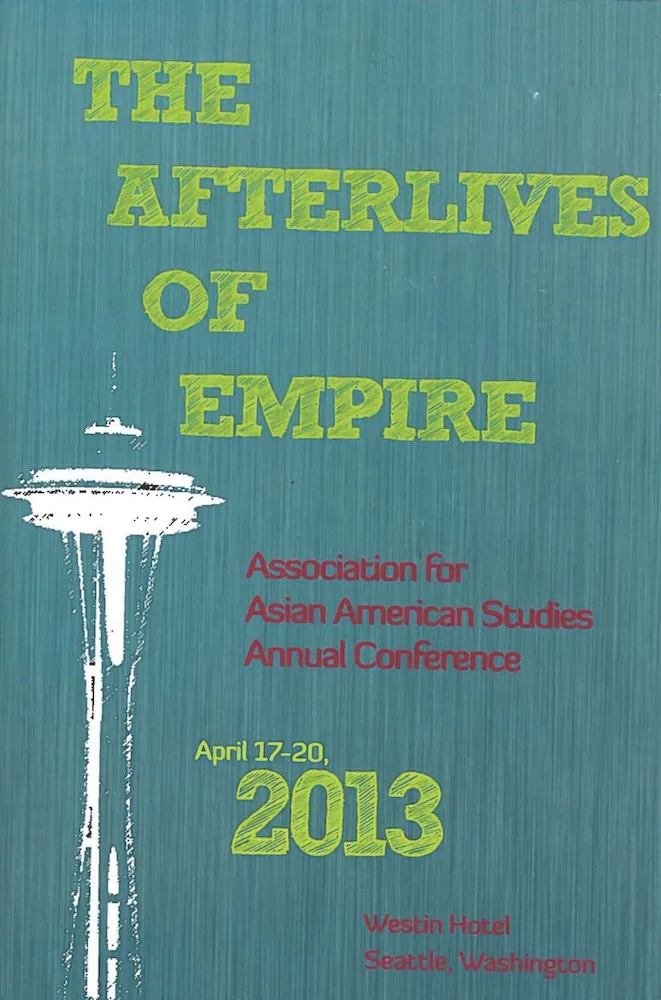CONFERENCE PAPER:
“Queer Zen and the Networked Body: Abstraction, Assemblage and Identity in Artworks from the 1950s and 1960s”
Association of Asian American Studies Annual Conference, 2013
“Que(e)rying Contemporary Asian American Art” PANEL
Laura Kina, chair
This paper was an expansion and revision of the paper titled “Queer Zen: Cy Twombly, Abstraction, and Identity,” delivered as part of the panel, “Abstraction and Difference,” co-chaired by David Getsy and Tirza True Latimer.
Abstract:
Whereas important scholarship is being done to reenvision works produced in the 1950s and 1960s of artists such as Agnes Martin, Cy Twombly, Jasper Johns, and Robert Rauschenberg through the lens of sexuality, there has not been an attempt to connect their work to the similarly pared-down aesthetic of work produced during the same period by artists of Asian descent, such as Seong Moy, Kenzo Okada, Natvar Bhavsar, and Ansei Uchima.
I contend that considering these otherwise strange bedfellows in tandem can enrich our understanding of the complexity of identity, visuality, and artistic meaning more broadly and reimagine movements such as abstract expressionism as deeply connected to a broad range of complex identity politics. In particular, I focus on both Zen Buddhism and queer as two core organizing and overlapping concepts to connect the abstract works of “queer” artists to that by the artists of Asian descent mentioned above.
